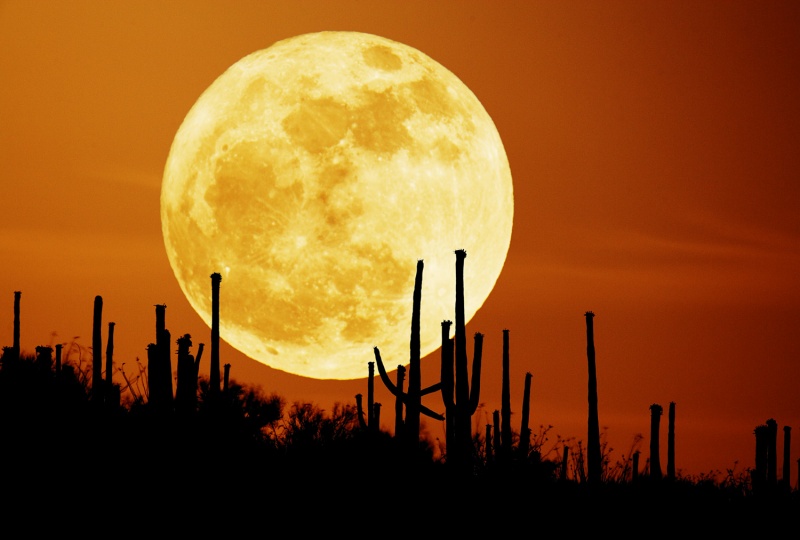1.30.2010
Seven Questions Unanswered by Modern Physics
These are the seven questions that are unanswered by modern physics. The discussion was part of "Quantum to Cosmos", a 10-day physics extravaganza, which took place in Canada.
Seven questions that keep physicists up at night - space - 23 October 2009 - New Scientist
Photo Credit: http://www.odec.ca/projects/2007/joch7c2/Controversy.html
Labels:
atoms,
galaxies,
multiverse,
mystery,
physics,
quantum mechanics,
questions,
reality,
singularity,
stars,
string theory,
universe
1.28.2010
Nuclear Fusion Test Expected in 2010
Two technologies have come together in order for an extraordinary test expected to take place at the end of 2010. The test will take place in Lawrence Livermore National Laboratory, located in Northern California. Testing is slightly delayed by the installation of concrete walls to fortify the laboratory and the addition of new instruments to collect data from the experiment.
The first of two technological advancements is called a hohlraum, which is a metal cylinder containing a fusion fuel pellet. The pellet is designed to compress it's core to the density required to produce nuclear fusion by using two isotopes of hydrogen known as deuterium and tritium. Under the intense pressure from the second advancement, the isotopes merge and emit energy that is significantly higher than the energy put into the system.
The second advancement is the most powerful laser ever created and heats the hohlraum to 3.3 million °C. At such a high temperature, the core begins to emit x-rays that cause the core to burst.
Giant laser reaches key milestone for fusion - physics-math - 28 January 2010 - New Scientist
(Illustration: Lawrence Livermore National Security, LLC/Lawrence Livermore National Laboratory/Department of Energy)
(Illustration: Lawrence Livermore National Security, LLC/Lawrence Livermore National Laboratory/Department of Energy)
1.24.2010
Proof of Dark Matter?
Monumental Scientific Discovery: It appears that proof for dark matter is building momentum. It occurs to me that many don't know the significance of such a discovery. Amongst other things, evidence of dark matter implies that the universe will end in a big chill where it essentially decays after vast oceans of time. In this scenario, stars run out of fuel, black holes emit all their energy as radiation and even protons begin to deteriorate, until all heat and energy fades away.
1.13.2010
A List of 50 Things We Didn't Know Last Year
Fantastic synopsis of the year in knowledge 2009. Some examples:
9. Babies pick up their parents' accents from the womb, and infants are born crying in their native dialect. Researchers found that French newborns cry in a rising French accent, and German babies cry with a characteristic falling inflection.
29. The human body emits a glow that is 1,000 times less than what our eyes can detect.
34. Nearly all animals emit the same stench when they die, and have done so for more than 400 million years.
38. A chemical component in broccoli can protect the lining of arteries from blockage that leads to angina, heart attack and stroke.
50. Watermelon is more efficient at rehydrating our bodies than drinking water. It contains 92 percent water and essential rehydration salts.
AT&T - 50 Things we know now that we didn't know this time last year
9. Babies pick up their parents' accents from the womb, and infants are born crying in their native dialect. Researchers found that French newborns cry in a rising French accent, and German babies cry with a characteristic falling inflection.
29. The human body emits a glow that is 1,000 times less than what our eyes can detect.
34. Nearly all animals emit the same stench when they die, and have done so for more than 400 million years.
38. A chemical component in broccoli can protect the lining of arteries from blockage that leads to angina, heart attack and stroke.
50. Watermelon is more efficient at rehydrating our bodies than drinking water. It contains 92 percent water and essential rehydration salts.
AT&T - 50 Things we know now that we didn't know this time last year
Labels:
broccoli,
human body,
knowledge,
language,
rehydration,
watermelon
Eyes To The Moon: The Beginning Of The Race For Control
Every major nation is looking at the moon to be first to establish colonization, mineral rights and the technology to stabilize such an endeavor. The plans are based on the anticipation of new technologies that may not be available for years to come.
Moon hole might be suitable for colony - CNN.com
Labels:
astronomy,
lunar colonies,
lunar colonization,
moon,
moon hole,
nasa,
technology
Subscribe to:
Posts (Atom)








